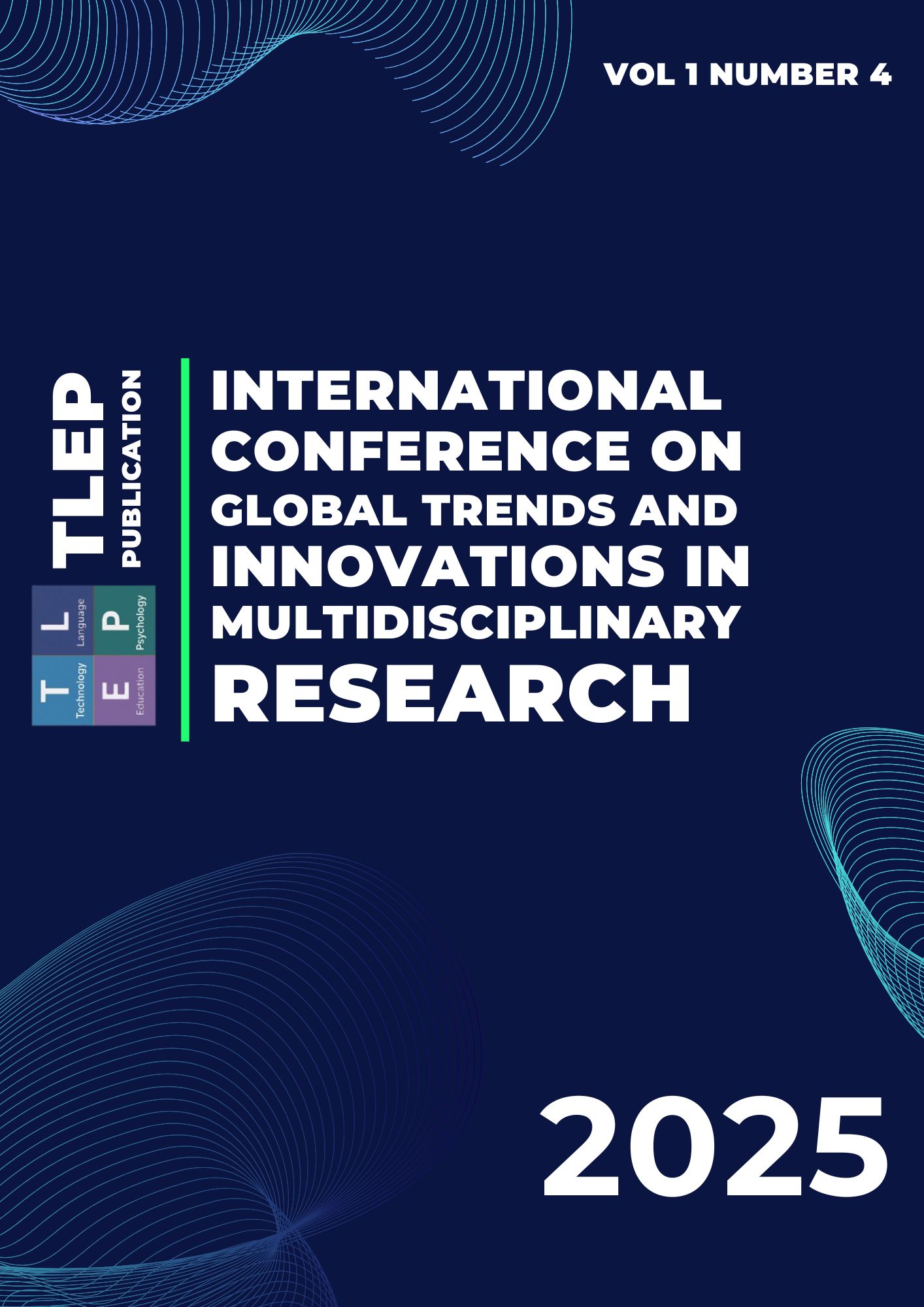Cross-Linguistic Representation of National Identity through Proverbs (Insights from Abdulla Qahhor and O. Henry)
Keywords:
Proverbs, national identity, Abdulla Qahhor, O. Henry, cross-linguistic analysis, cultural representation, pragmatics, linguistics, language and culture, comparative literature.Abstract
This study examines the cross-linguistic representation of national identity through proverbs in the literary works of Abdulla Qahhor and O. Henry. Both authors employ proverbs as a tool to communicate moral and cultural codes inherent to their societies. The research investigates how linguistic structure and pragmatic function of proverbs embody national consciousness, emphasizing the reflection of Uzbek collectivism and American individualism. Through comparative textual analysis, the paper highlights the linguistic creativity and cultural symbolism of proverbs as vehicles of national identity in literature.
References
Akhmanova, O. S. (1973). Theory of linguistic semantics. Moscow: Progress Publishers.
Honeck, R. P. (1997). A proverb in mind: The cognitive science of proverbial wit and wisdom. Mahwah, NJ: Lawrence Erlbaum Associates.
Qahhor, A. (1980). Selected stories. Tashkent: Gʻafur Gʻulom Literature and Art Publishing House.
Qodirova, Z. (2025). MASTERING PHRASAL VERBS: A KEY TO FLUENT ENGLISH. MODERN PROBLEMS IN EDUCATION AND THEIR SCIENTIFIC SOLUTIONS, 1(6), 414-415.
Qodirova, Z. (2025). TIMELESS TRUTHS: HOW PROVERBS SHAPE AND ENRICH LITERATURE. " GLOBAL MUNOSABATLAR NAZARIYASI: YOSHLARNING TARAQQIYOT GʻOYALARI" xalqaro ilmiy-amaliy anjumani materiallari, 1(2), 147-149.
Qodirova, Z. (2025). PROVERBS AS PRAGMATIC TOOLS IN UZBEK AND ENGLISH DISCOURSE: A COMPARATIVE ANALYSIS. Journal of Applied Science and Social Science, 1(1), 660-666.
Ziyodaxon, Q. (2025). THE IMPACT OF TOURISM ON LANGUAGE ACQUISITION: A NEW APPROACH TO TEACHING ENGLISH. TANQIDIY NAZAR, TAHLILIY TAFAKKUR VA INNOVATSION G ‘OYALAR, 1(8), 170-172.
O. Henry. (2006). The complete short stories of O. Henry. New York: Barnes & Noble Classics.
Wray, A., & Perkins, M. R. (2000). The functions of formulaic language: An integrated model. Language & Communication, 20(1), 1–28.

